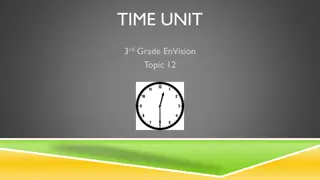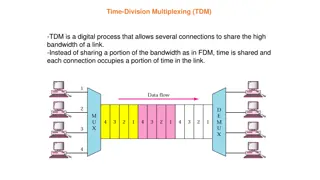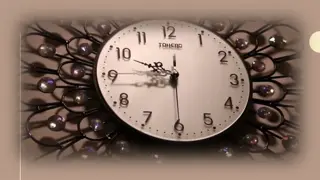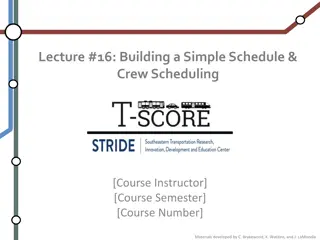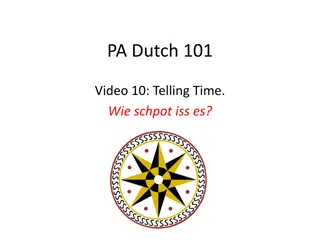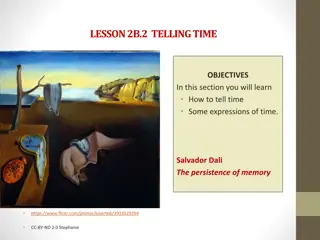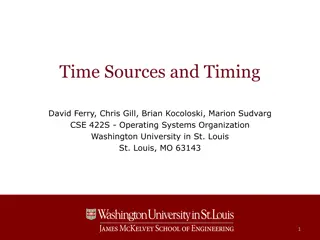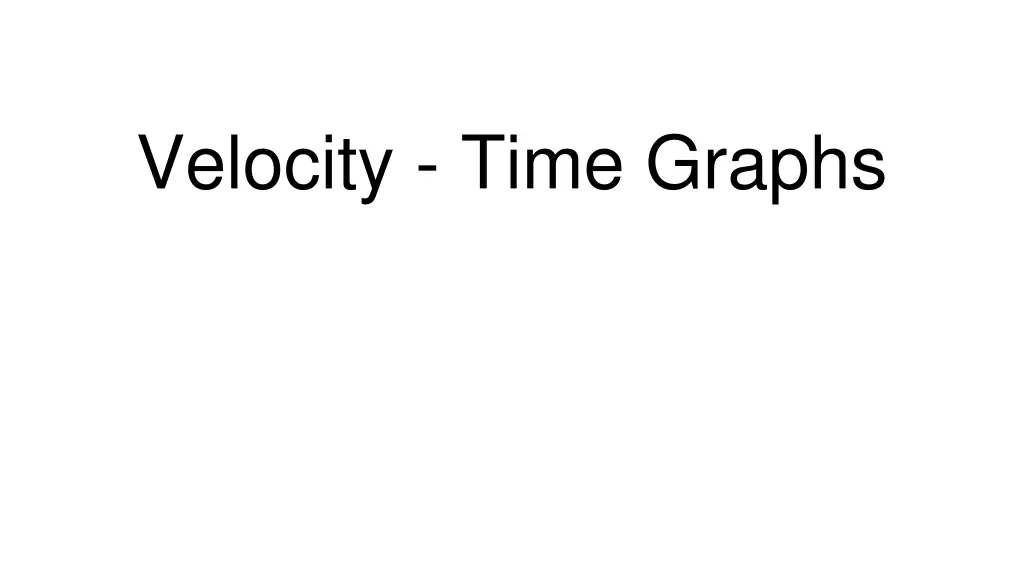
Understanding Velocity-Time Graphs in Physics
Explore the concept of velocity-time graphs in physics, covering topics such as displacement, average velocity, acceleration, vector quantities, and more. Learn how to interpret and analyze graphs to understand the motion of objects in relation to time.
Download Presentation

Please find below an Image/Link to download the presentation.
The content on the website is provided AS IS for your information and personal use only. It may not be sold, licensed, or shared on other websites without obtaining consent from the author. If you encounter any issues during the download, it is possible that the publisher has removed the file from their server.
You are allowed to download the files provided on this website for personal or commercial use, subject to the condition that they are used lawfully. All files are the property of their respective owners.
The content on the website is provided AS IS for your information and personal use only. It may not be sold, licensed, or shared on other websites without obtaining consent from the author.
E N D
Presentation Transcript
Review of our last time together We learned about: Displacement Time Taken The idea of average velocity as vave= Change in Velocity Time Taken The idea of acceleration as acceleration = Displacement, Velocity, and Acceleration are VECTOR QUANTITIES (direction matters!)
This is a controller for a radio controlled car. What do the two sliding buttons on this device do? What do you suppose happens to the car when you push the left slider up? What do you suppose happens to the car when you move the left slider down?
Lets look a little deeper Take a Hot Wheels car, and try to create the motion that might arise from moving a thumb on the controller as shown right >> What is happening to the velocity car at the following times? 0 - 4 seconds (RED) 4 - 7 seconds (GREEN) 8 - 10 seconds (BLUE) What would the graph look like if the car moved backwards instead of forward?
Lets take a look at the following problem, involving a box: The box moves in one- dimension where the positive direction is to the right and the negative direction is to the left. The box can either be pushed with a force to the right, be pushed with a force to the left, or not be pushed at all.
Lets take a look at the following problem: The box moves in one- dimension where the positive direction is to the right and the negative direction is to the left. The box can either be pushed with a force to the right, be pushed with a force to the left, or not be pushed at all. Over time, the box moves and the velocity is plotted on a graph. The graph is shown to the right
For each point on the graph determine if the box is Moving to the right (Color these ponts RED) Stopped (Color these points GREEN) Moving to the left (Color these points BLUE)
Change in Velocity Time Taken Remember that we found that: acceleration =
Change in Velocity Time Taken Remember that we found that: acceleration = We now know that: A positive slope corresponds with a positive acceleration, and a force to the RIGHT A negative slope corresponds with a negative acceleration, and a force to the LEFT
Finally, we can look at the TOTAL DISPLACEMENT for the box: Displacement Time Taken average velocity is vave= This must mean that: We can find displacement by multiplying: Average Velocity X Time taken
Finally, we can look at the TOTAL DISPLACEMENT for the box: Displacement shows up as AREA Where does the box end up? Which has the greater area: Red or Blue? Could the areas of the red shapes be equal to the area of the blue?


